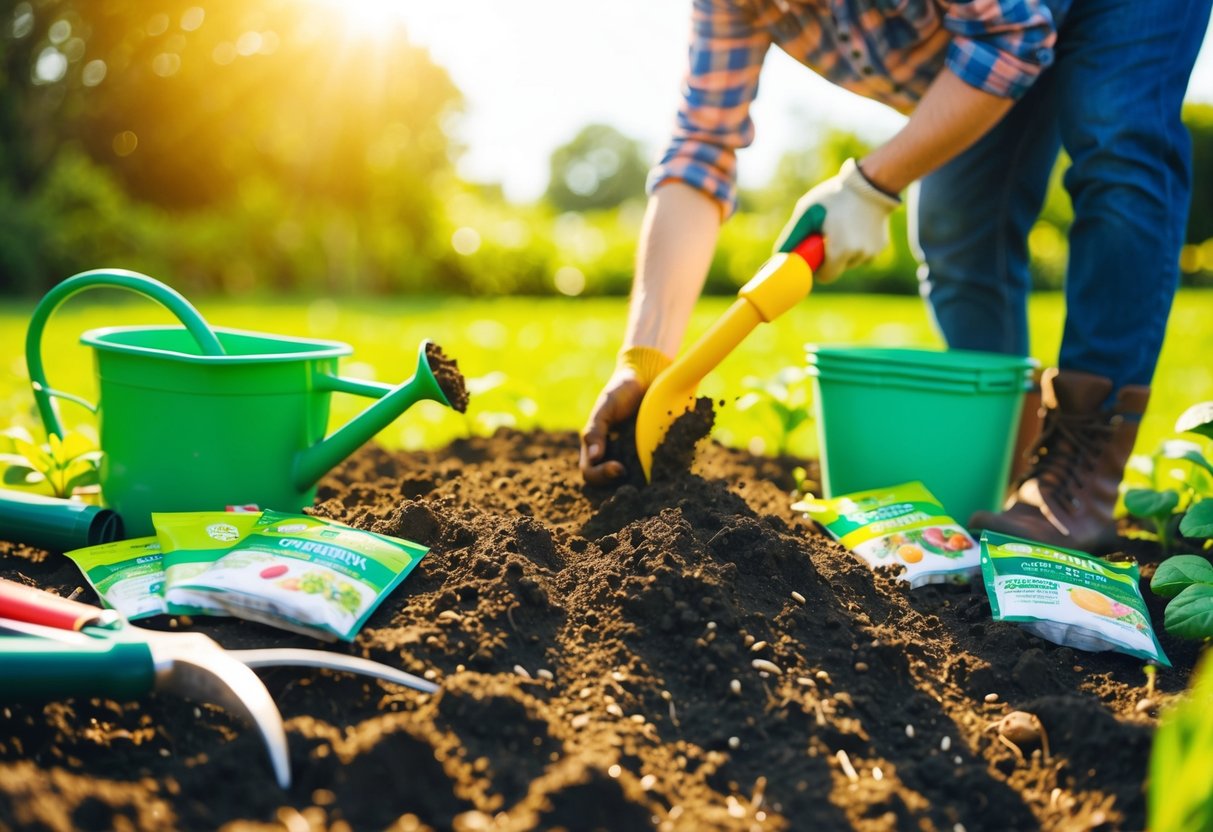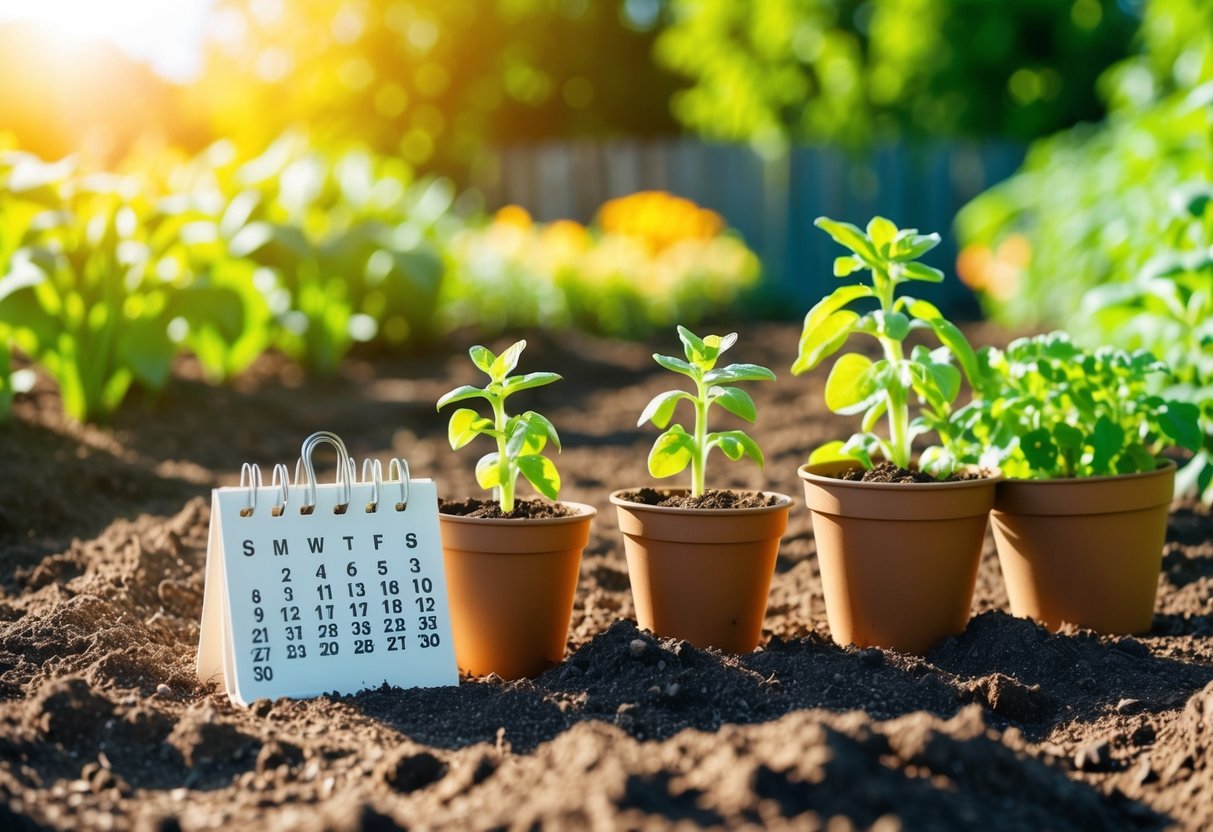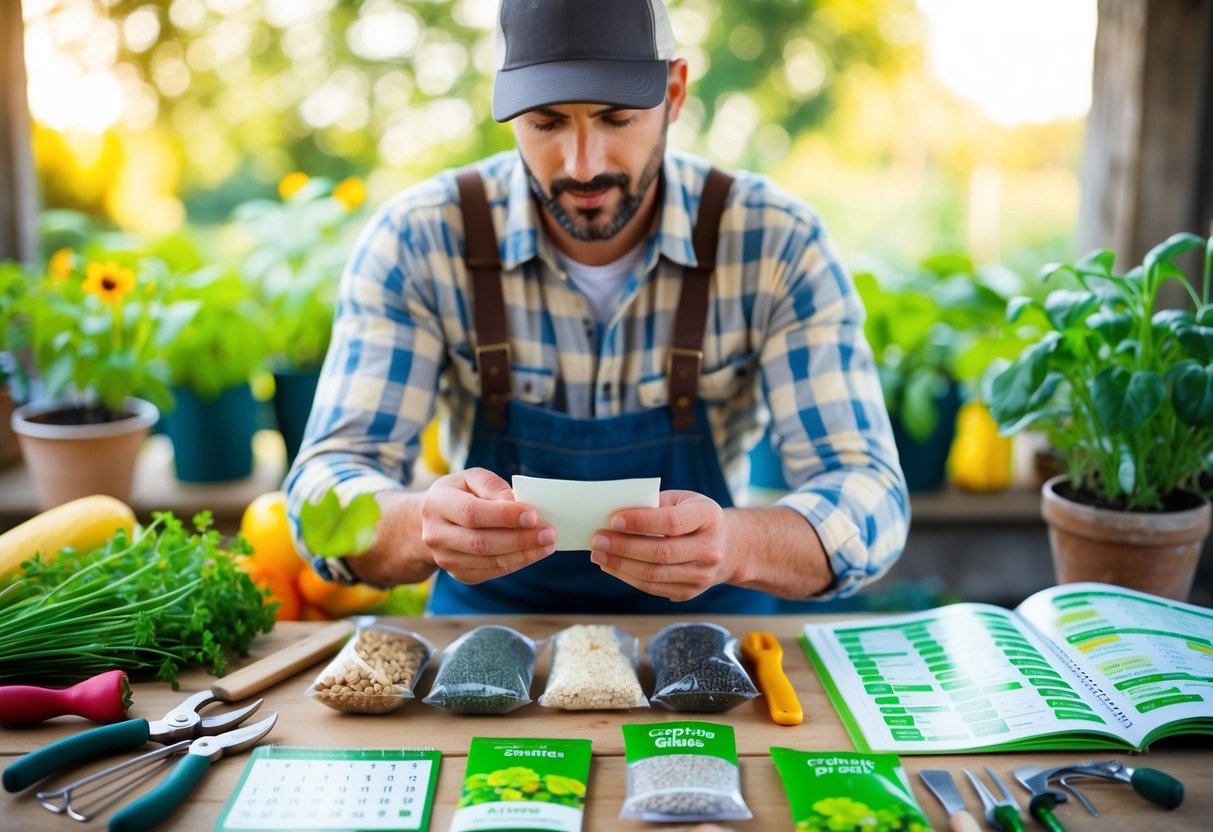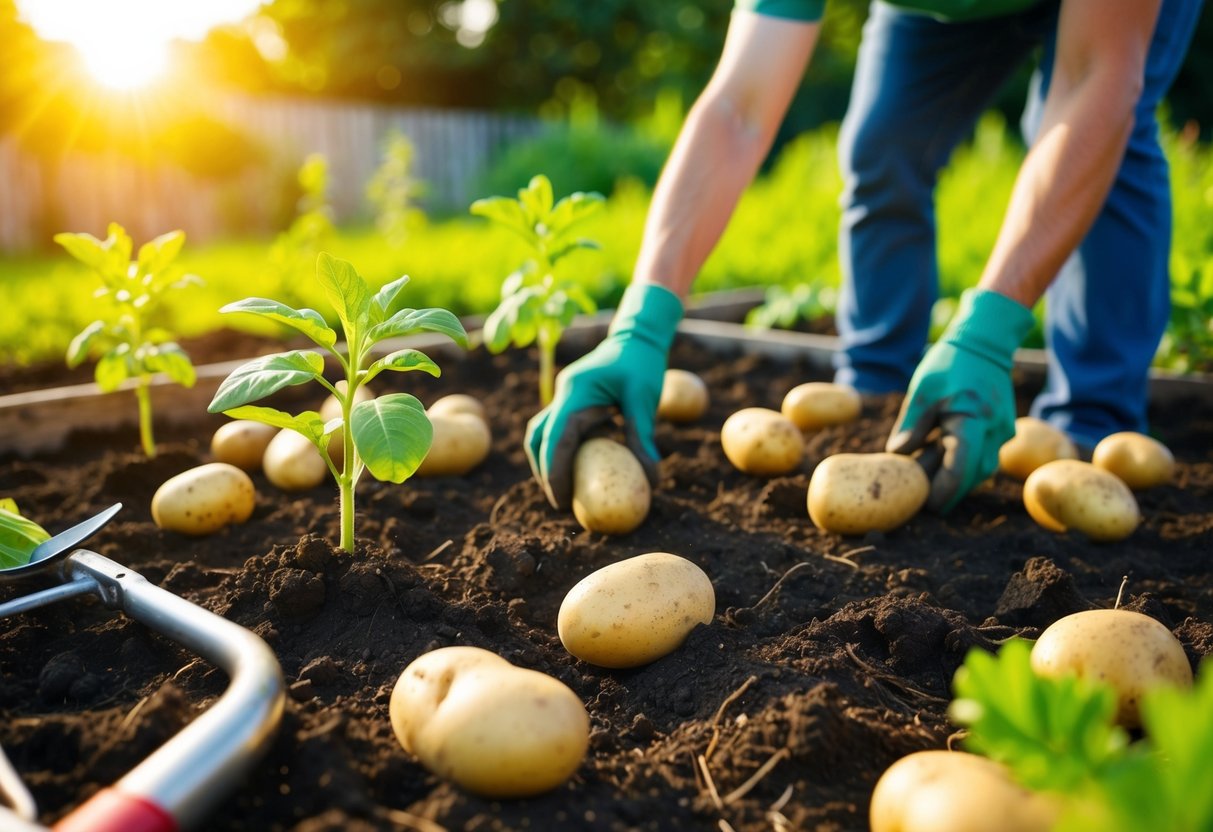When Should I Plant First Early? Tips for a Successful Harvest
Planting in early spring can be a rewarding experience as you see your first crops thrive. You’re probably wondering when exactly to get started with your first early plantings. The ideal time to plant early spring vegetables is as soon as the soil can be worked after the last frost. This timing allows cool-season favorites like peas, spinach, and radishes to flourish.

By taking advantage of early spring planting, you give these vegetables the head start they need. They thrive in cooler temperatures and don’t mind a bit of frost. Understanding the perfect timing and conditions will ensure a successful garden that bursts with fresh flavors. As you plan your garden, consider soil readiness and local climate to ensure the best start for your spring vegetables.
Curious about what else you can plant? Check your region’s local planting calendar for specific frost dates and recommendations tailored to your area. This approach will allow you to enjoy a thriving garden filled with delicious, homegrown produce.
Understanding Your Climate

Learning about your climate is key to starting your garden at the right time. Knowing the last frost date and proper soil temperature helps in timing your planting. It’s also essential to find the perfect spot with full sun exposure for your plants.
Last Frost Dates and Soil Temperature
You need to know the last frost date to start planting your garden. Different plants need different temperatures to grow well, so using a soil thermometer can help. This simple tool checks if the soil is warm enough for seeds to sprout.
Local weather reports or gardening websites can tell you the average last frost date in your area. When the risk of frost is gone, more plants can be safely started. Pay attention to both the air and soil temperatures to keep seedlings safe and thriving.
Sunlight and Site Selection
Pick a spot in your garden where your plants will get plenty of sunlight. Most vegetables need at least six to eight hours of full sun each day to grow properly. Choosing the right site ensures your plants get the energy they need from the sun.
Think about the shadow patterns around your home during the day. Aim to place your garden in a spot that is clear from shadows cast by buildings, fences, or trees. Proper sunlight exposure promotes strong and healthy plant growth, increasing your chances of a fruitful harvest.
Preparing Your Garden

Getting your garden ready for planting involves using compost effectively and understanding the basics of seed starting and transplanting. These steps are essential to ensure healthy growth and development.
Working with Compost
Compost helps enrich your soil with nutrients. Start by clearing out any dead plants or debris from last season. Add a generous layer of compost to your garden beds. This not only boosts the soil’s health but also improves its texture.
Mix the compost well into the top few inches. Use a shovel or tiller for even distribution. This will help keep moisture in and regulate soil temperatures.
Compost is especially useful if your soil tends to dry out quickly. It retains moisture, ensuring your plants stay hydrated longer.
Seed Starting and Transplanting Basics
Begin with seed-starting indoors a few weeks before the last frost. Use small pots and seed-starting mix for the best results. Keep them in a warm location, ideally around 70°F. Once seeds sprout, ensure they receive plenty of light—12-16 hours a day if possible.
Transplanting involves moving seedlings outdoors. Before this step, allow your seedlings to harden off. This means gradually introducing them to outdoor conditions over 7-10 days.
Make sure the soil temperatures are warm enough for your seedlings. Use a quick test by touching the soil—it should feel comfortable against your skin. Dig holes deep enough to cover roots thoroughly and water right after planting to reduce stress.
Choosing Your Crops

When planning an early spring garden, it’s important to select crops that thrive in cooler temperatures. You’ll want to focus on hardy vegetables and those that grow quickly for a successful early harvest.
Leafy Greens and Legumes
Leafy greens are perfect for early planting. Varieties like lettuce, kale, and spinach are cool-tolerant and mature quickly.
These greens don’t just grow fast; they’re also easy to manage. You can sow the seeds directly into the soil once it’s workable. Make sure they get enough sun and water for the best growth.
Peas and beans are also excellent choices. These legumes can handle the cool weather and improve soil nitrogen levels. Plant them early, and enjoy a rewarding spring harvest.
Root Crops and Hardy Veggies
Root crops such as radishes, turnips, and beets thrive in early spring gardens. They grow well in cool weather, making them ideal for planting before the heat arrives.
These crops have a short germination period, so they’re ready to harvest quickly. Ensure the soil is loose and well-drained to promote strong root development.
Meanwhile, hardy vegetables like carrots, cabbage, and broccoli do well in cooler temperatures. They require moderate sunlight and regular watering to produce healthy yields.
Fast-Growing Favorites
Fast-growing vegetables offer quick results in early gardens. Radishes, known for their rapid growth, can be ready to harvest in just a few weeks.
Consider planting a mix of these speedy veggies to keep your garden productive. They ensure a continual supply of fresh produce throughout the season.
Other fast growers like lettuce and peas make excellent companions in an early garden. With the right care, you’ll enjoy fresh greens and crunchy peas in no time.
Planting and Care Tips

To have a successful vegetable garden, it’s important to focus on proper germination and effective watering and weed management. These essential steps will help ensure your plants grow healthy and strong.
Germination Guidelines
When starting vegetables, pay close attention to the germination period for each type of seed. Some seeds, like radishes, germinate in just a few days, while others like tomatoes may take up to two weeks.
Begin by planting seeds in rich, well-drained soil. It’s a good idea to start some seeds indoors, such as tomatoes and peppers, before transferring them outside. Optimal temperatures for germination vary, so check seed packets for specific details.
Make sure to keep the soil consistently moist to encourage germination. A spray bottle can help to gently water the seeds without disturbing them. If you plant several vegetables, consider planting at different times to spread out the days to harvest.
Watering and Weed Management
Proper watering is crucial for vegetable gardening. Early in the morning is the best time to water, allowing plants to absorb moisture before heat evaporates it. Water at the base of plants to avoid wetting the leaves, which helps prevent diseases.
Weed management is also vital to healthy plant growth. Weeds compete for nutrients, water, and light. Check your garden regularly and pull weeds by hand. Applying mulch around your plants helps suppress weed growth and retain moisture.
Consider using a soaker hose or drip irrigation system for efficient watering. These methods provide steady moisture directly to the roots, helping your garden flourish.
Extending Your Harvest

To make the most of your garden, try methods that keep fresh produce coming for longer. Succession planting and cold weather strategies can help extend your harvest season effectively.
Succession Planting
Succession planting is a clever way to get continuous yields. By planting crops like peas, beans, and lettuce at different times, you can keep your garden producing for months. This method means you don’t harvest everything all at once. For instance, try planting corn, beans, peas, and turnips every 10 to 14 days for an extended harvest.
You can plant the same crop multiple times a year. Staggered plantings allow some crops to mature while others are just starting. Read about how staggering can work well for peas and broccoli in this guide. Keeping a detailed planting calendar helps you track when each row is ready.
Cold Weather Strategies
When temperatures drop, don’t stop gardening. Cold weather strategies let you enjoy fresh vegetables even when it’s chilly. Try using cold frames or row covers to protect your crops from frost. For example, row covers help extend the life of carrots and spinach. By choosing cold-hardy vegetables like kale and spinach, you can continue harvesting through fall and even into winter.
Start your spring planting early, using frost protection to begin seeding while it’s still cool. Learn more about setting up your garden for autumn success in this resource. Don’t let the cold weather end your gardening joy.







